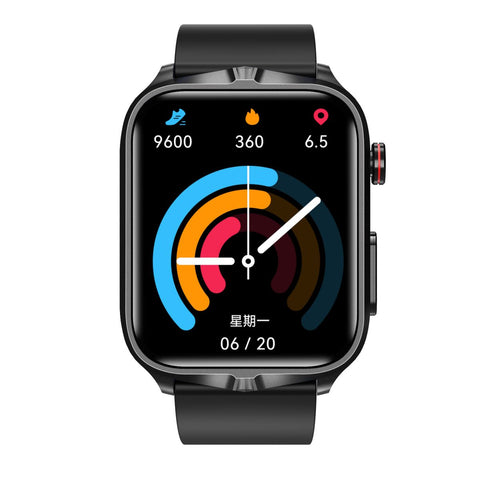How to Do Nordic Walking
Nordic walking is a full-body exercise that combines the simplicity of walking with the added benefits of using specially designed poles. This low-impact, high-benefit activity is suitable for all ages and fitness levels, making it an excellent choice for those looking to improve their overall health and fitness.
What is Nordic Walking?
Nordic walking originated in Finland as an off-season training activity for cross-country skiers. It involves walking with poles that enhance the natural walking motion, engaging the upper body and core muscles in addition to the legs. This provides a more comprehensive workout than regular walking.
Benefits of Nordic Walking
- Full-Body Workout: Engages 90% of the body's muscles.
- Burns More Calories: Increases calorie burn compared to regular walking.
- Improves Posture: Encourages a more upright stance.
- Reduces Joint Impact: Low-impact activity that reduces stress on the joints.
- Enhances Cardiovascular Health: Boosts heart and lung function.
- Boosts Mental Well-being: Combines physical exercise with the benefits of being outdoors.
Essential Equipment for Nordic Walking
- Nordic Walking Poles: These are specially designed with ergonomic handles and wrist straps.
- Comfortable Walking Shoes: Choose supportive shoes with good grip.
- Appropriate Clothing: Wear breathable, weather-appropriate clothing.
How to Do Nordic Walking
Step 1: Adjust Your Poles
Adjust the length of your poles so that when you hold them, your elbows are bent at a 90-degree angle. Most poles are adjustable and have markings to help you set the correct height.
Step 2: Learn the Basic Technique
- Grip the Poles: Hold the poles with your hands in the wrist straps, gripping them lightly.
- Natural Walking Motion: Start walking naturally, allowing your arms to swing freely.
- Pole Placement: Plant the poles diagonally behind you. The right pole should move with your left foot and the left pole with your right foot.
- Push Off: As you walk, push down on the poles to propel yourself forward. This engages your upper body and core.
- Maintain Posture: Keep your back straight, shoulders relaxed, and gaze forward.
Step 3: Master the Technique
- Coordination: Practice the alternating arm and leg movement until it feels natural.
- Stride Length: Maintain a comfortable stride length, avoiding overstriding.
- Pole Angle: Ensure the poles are angled backward, not placed vertically.
Step 4: Start Walking
- Warm-Up: Begin with a gentle warm-up, walking at a slow pace for 5-10 minutes.
- Increase Intensity: Gradually increase your pace, focusing on using the poles to enhance your walking motion.
- Cool Down: End your session with a cool-down, walking slowly for another 5-10 minutes and stretching your muscles.
Step 5: Practice Regularly
To reap the full benefits of Nordic walking, aim to walk regularly. Start with shorter sessions and gradually increase the duration and intensity as your fitness improves.

Tips for Effective Nordic Walking
- Stay Hydrated: Drink water before, during, and after your walk.
- Mind Your Form: Regularly check your posture and technique to avoid bad habits.
- Vary Your Route: Explore different trails and terrains to keep your walks interesting.
- Join a Group: Consider joining a Nordic walking group for motivation and social interaction.
Nordic walking is a versatile and effective form of exercise that offers numerous physical and mental health benefits. By incorporating poles into your regular walking routine, you can engage more muscles, burn more calories, and enjoy a full-body workout. With the right technique and regular practice, Nordic walking can become a rewarding part of your fitness journey. Happy walking!









